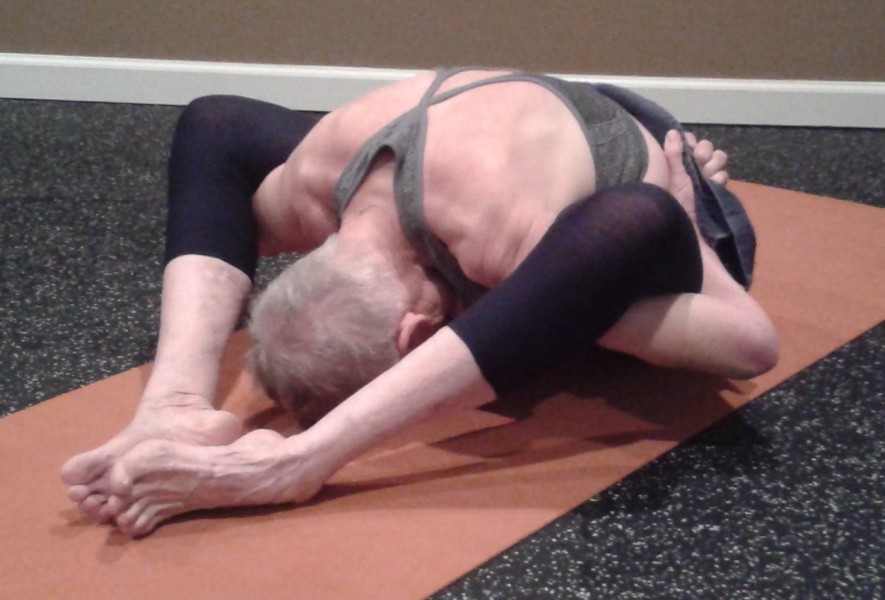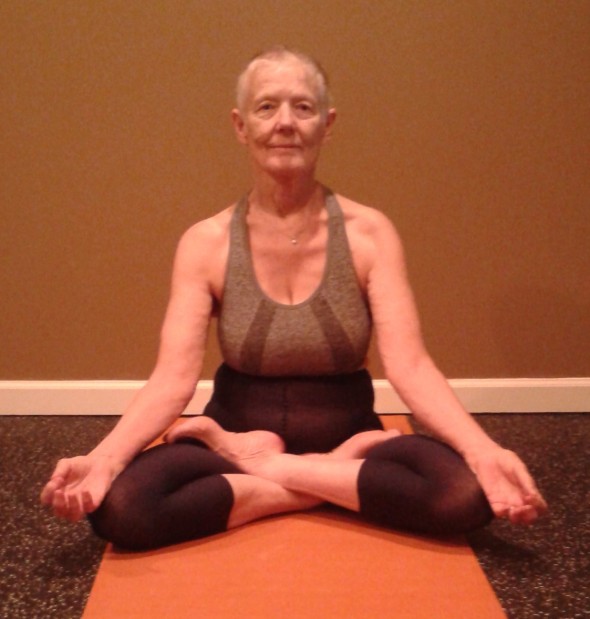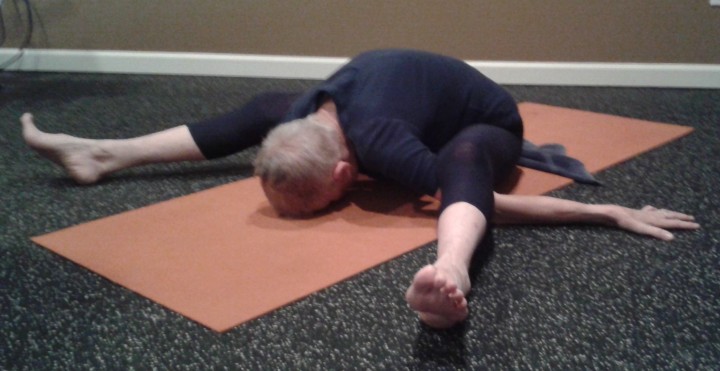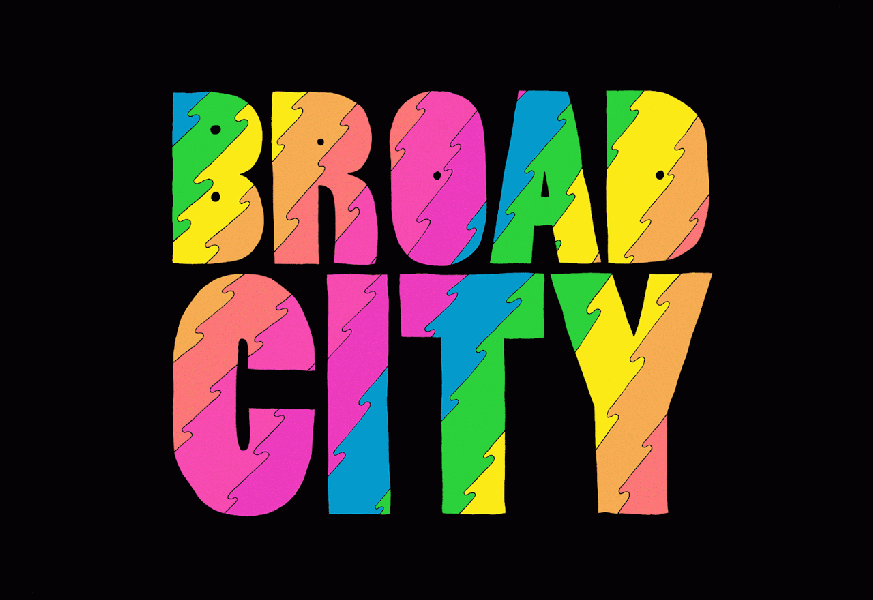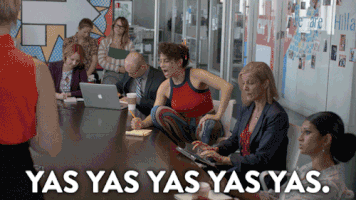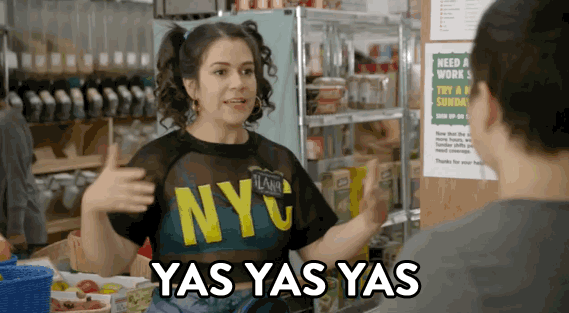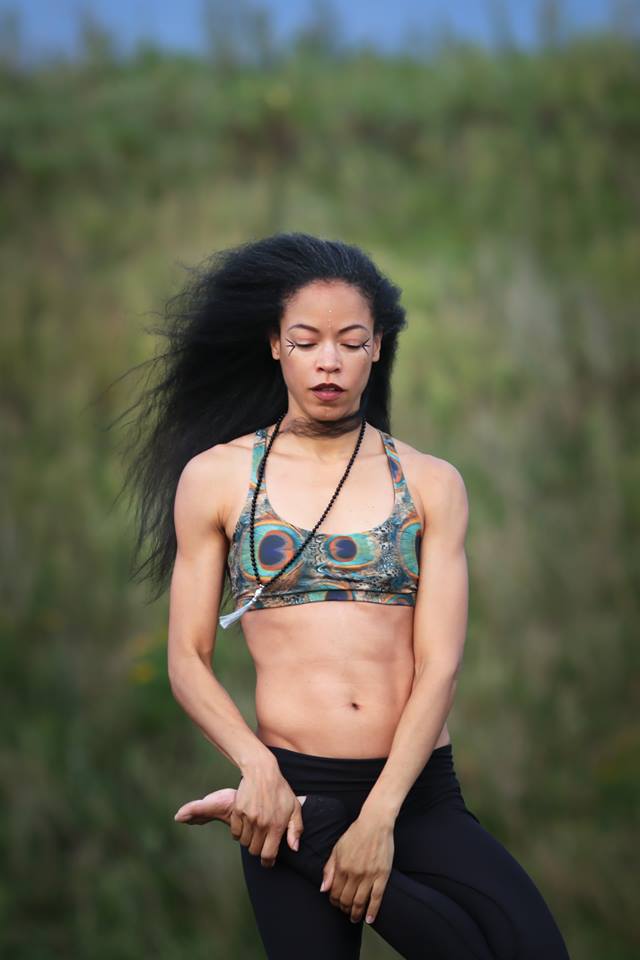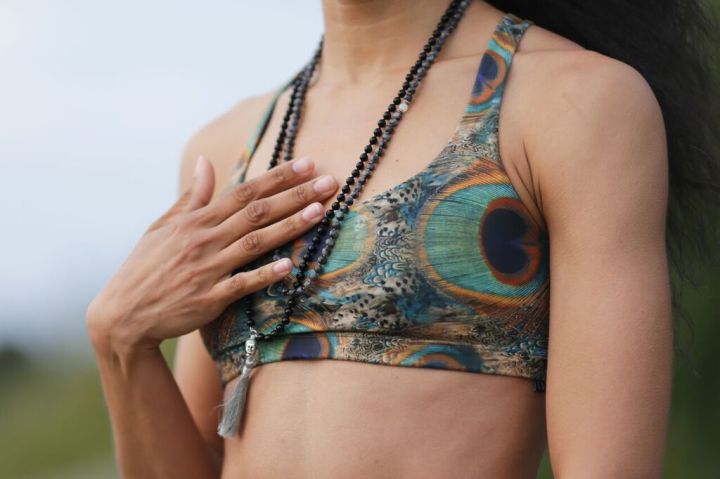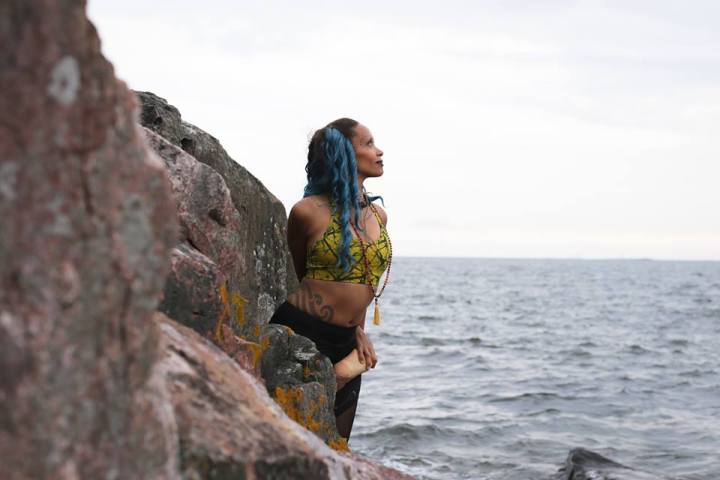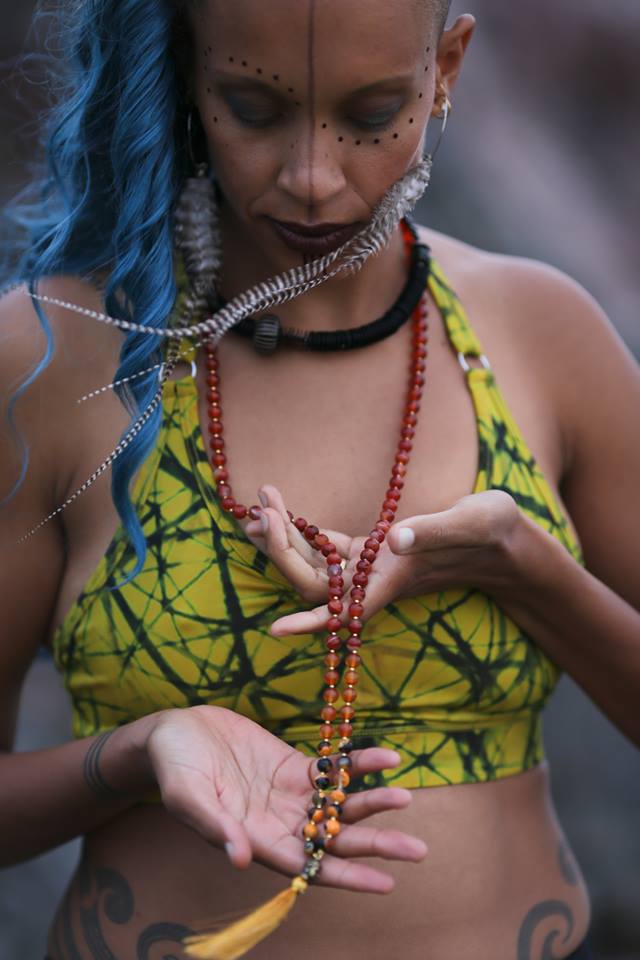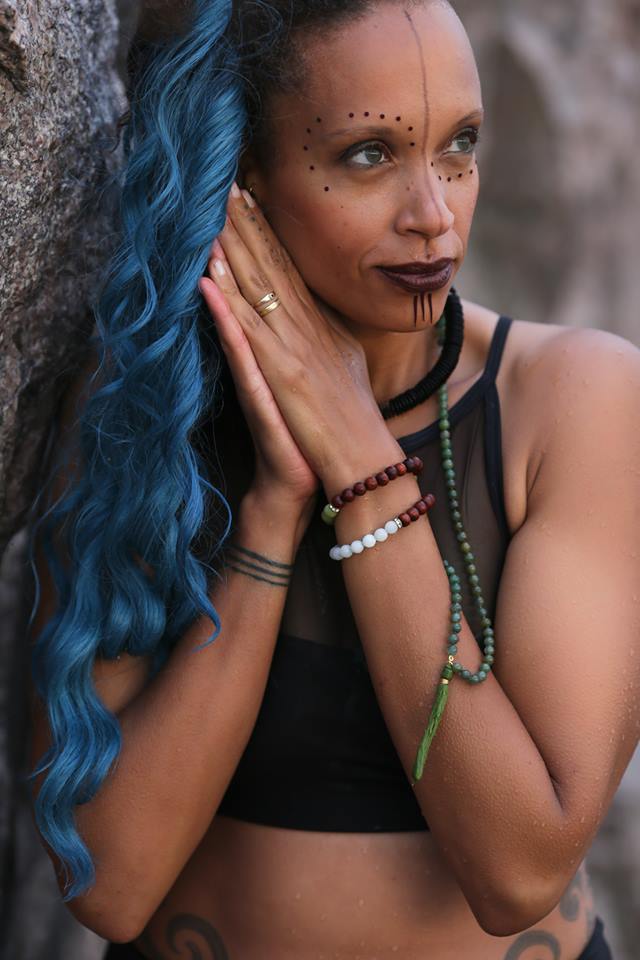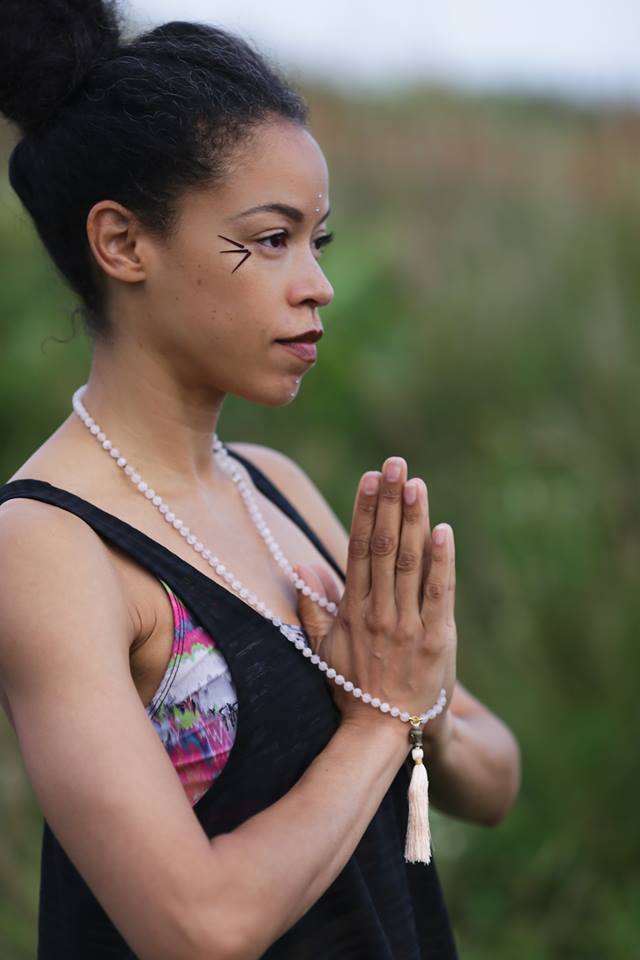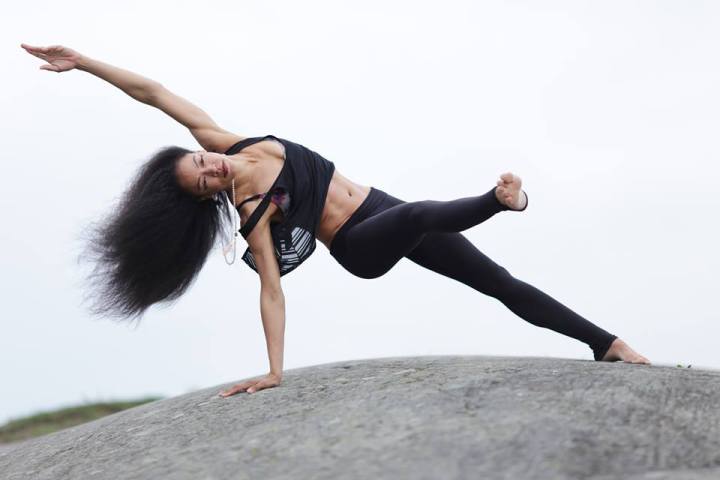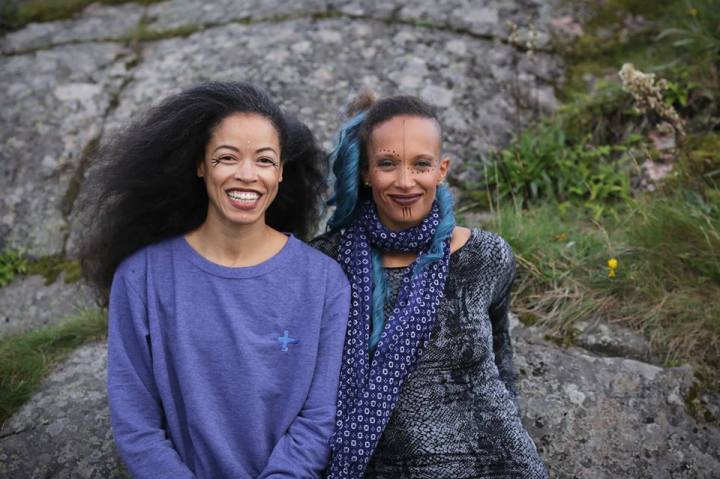Hello hello,
I’m excited to start a series on the blog that has been bubbling around my head for awhile: a look at women entrepreneurs, or femmepreneurs as I like to call ’em, who are working in some creative field or capacity. The purpose of the series is to interview several women of color here in Helsinki (and beyond) who run their own small businesses. It’s to feature women who are working for themselves and/or are leading a group of employees. The main themes I’m looking to highlight are to inspire women of minority identity to take risks, believing in themselves as business owners and to make choices which come from a place of purpose, passion and creativity.
I start the series with Bianca, an African-American by way of the West Indies who’s lived in Helsinki since 2008. Her father was a military man and the family moved around when the children were young, eventually settling in Texas. She went to a predominantly Mexican high school in El Paso and was one of four Black students there. Bianca was Texas state champ in high jumping, won a track scholarship and attended Southern Methodist University. In terms of study interests, she found out she was more creative rather than technical and had a desire to study Ceramics. She earned a degree in English and Journalism in 2000 and after graduation, decided not to continue with her athletic pursuits by going to Olympic training camp. She felt it was something she’d been doing for so long that it had begun to feel a bit empty and she wished to see more of the world. She felt she’d done what was expected of her by graduating and that now it was time to strike out on her own.
She worked as an editor in Dallas for a bit but felt ready to leave Texas so she went out to New York City to stay with a friend, Sharon (you’ll hear more about her in another post) from university. Funnily enough, the day before 9/11, she’d taken the red-eye back to Dallas and about a month later she packed up her things and, with the help of a friend, drove a U Haul out to the city. Once there, she began the transformation of reinventing herself in the city, working as a bartender and a model; gathering education and skills along the way by studying acting and the culinary arts. She did this for about nine years and felt it was a great period of growth. She’d felt that as far as high-school and college athletes go, they led quite sheltered lives, where everything is taken care of for you. In NYC, which she considers to be home, she felt she truly came into her own, on her own terms. However, after close to a decade in New York, she started feeling that wanderlust itch again and began to think about possible moving out to LA to pursue acting, when fate stepped in and determined that she would actually continue her story in Finland. She met a Finn and after two years of doing the long-distance thing, when she was invited to move to Finland, she accepted and arrived to Helsinki in the summer of 2008.
And thus begins the Helsinki chapter of the tale…
So why don’t we start with your business and the story of how it came to be?
I run a tourist and souvenir T-shirt retail company called Suomesta Rakkaudella*. It’s based at Kauppatori by the harbor and I do the design, printing and embroidering for the shirts. When I first moved to Finland, I was working my boyfriend at the time with his Kauppatori stall. After the relationship ended, I was sort of forced to work for myself and the reason I stayed at Kauppatori was because I felt limited with what I could do career wise due to language limitations. In 2010-2011 I started my own stand with one of those low-key, informal umbrella stalls, four designs and two colors of shirts. Now I have 16 different designs and several colors to choose from. I’m proud of it because I love the design aspect and while there are more glamorous things to design than souvenir T shirts, at least it’s a built-in focus with a market. I’m currently learning to delegate better so that the business can grow.
*From Finland, With Love (which also happens to be the title of Roman Schultz’s tongue-in-cheek book on life in Finland)
The nature of business at Kauppatori is seasonal and tourist dependent. Can you describe how you structure your on and off-season schedules?
Basically, during the summer, I wake up 6am so that I can get to the market by 7am. This past season I didn’t take on an employee, so I sold alone at the stall. I’d only stop for a quick food and bathroom break and it was back to the stall. I’d finish at around 6:30 or 7pm, take a look at the inventory and go straight to print whatever’s out of stock usually until midnight. I work crazy hard in the summer, 20 hours a day, seven days a week. Not much sleep, not much eating, just work. Winter is the quiet time and now the question has become, “What do I do in the winter?” The first winter or two, I enjoyed the time off but after a while, you need to do something to feel worthwhile.
Are you involved in other projects?
I’ve done some TV work. I recently wrapped up filming as an extra on a TV series and when I first came to Finland, I was on Top Chef. Last year, my brother and I made Trinidadian food for Ravintola Päivä. I made roti, chicken curry and several sauces. I’ve also done a bit of modelling but the market is different here. It’s not my market but it’s a nice supplement. Right now, food trucks and the whole concept of street food is booming in Helsinki. And you know, coming from Trinidad, it’s all street food so I’ve had a small thought to have a Trini food truck. It’s hard to make a profit with food though so you need to really love it.
What are some of the advantages and disadvantages to setting up your own business here?
As an entrepreneur the scariest thing is thinking that I don’t have a retirement plan. You’re living by the seat of your pants. When you’re doing it by yourself, it’s a lot harder. With a career and a job, all that comes with the package. I think about retirement everyday. In the initial and middle stages, you need to live with the fact that you and only you are providing for your future. There’s no 401K or retirement plan and you need to make enough so that you can retire in the future. There’s more responsibility in your own life which is great but it’s also harder than leaving it up to the government or your job to take care of you. Here in Finland I’d say it’s a bit easier, especially for women. I personally had enough savings so I didn’t need to use a start-up grant, but it’s not like in the States. Finnish offices are supportive and helpful and they want to help you and work with you, as a small business owner.
That first season in Kauppatori, it was make or break. I said a Hail Mary and threw in the rest of my savings. That first year I was thinking to make enough money just to go back home. It’s pretty isolating within Kauppatori as well and you do need some working knowledge of Finnish with them (Kauppatori), to get through the bureaucracy. You need to work very hard yourself because employees are so costly here. Opening anything, you have to love it. You don’t have to know you love it, not in the beginning, but once you’re in it, if you don’t love it, get out, it’s going to suck you dry.
Where do you see yourself (and your business) in the next five years?
I am happy in Finland and Helsinki and so I plan to stay here for the foreseeable future. When people ask me where I’m from I say New York but currently I consider Finland to be my home. Over the next three-five years, I’d really like to have a yoga wear line and move more into the cut and design of fabric. I love the quality of materials coming out of Bangladesh but there’s a lot of stigma attached to it as a result of the unethical and exploitative treatment of textile and garment workers. It’s tricky because when I look at the quality of the products, it really is Bangladesh that’s making the best stuff and, in the end, I want to give the consumer a good, durable product. Another place in consideration is Portugal where there’re some factories within the garment industry which use organic materials and provide fare wages for the workers.
This leads nicely into my next question: As a yoga practitioner, do you feel you make business choices which reflect some of the values and ethics written and discussed about in yogic teachings and philosophy?
The idea of fair pricing. I don’t buy the cheapest or most expensive shirts on the market. I find the best product for my needs and deliver it in the best possible way. I try to keep prices within an accessible range. Honesty, honor, truthfulness, many of the yamas and niyamas are in there. It also comes from a moral core that my mother enforced and just by trying to be a decent person.
Tell is a little bit about how you got into yoga…
I’ve practiced yoga for ten years. I’ve only had a dedicated practice for four years. I started in New York at gym classes, etc. I didn’t become really interested until I went to Jivamukti Yoga there. They introduced me to proper alignment, counterbalancing forces, chanting and meditation. I had only experienced the asanas before and they gave me my first glimpse into what yoga really is, and I was hooked. Then I moved to Finland shortly after. Here I haven’t really found a home studio. I did Bikram for a while at Yoganordic. While they were lovely, it was back to just asanas and I was really missing what I’d met at Jivamukti. So once the breakup happened, I decided to take my “Eat, Pray, Love” journey, went to Bali and got my 200hr teaching certificate. I really never intended to teach, I just wanted to immerse myself and learn and heal. That totally worked, but it also developed a desire in me to teach. Since I’ve been back I’ve been “home schooling” myself by following Meghan Currie’s classes on Cody App. I consider her my guru. I’ve taken on some other teachers whom I respect as well, including Dylan Werner, Ashley Galvin and Talia Sutra. I’ve taught a few private classes, but the market keeps me too busy to really focus there. I also feel that in order to teach, I need to gain more knowledge. I’ll most likely take my 300hr training at some point and I’m continually reading and expanding my own practice. I do a mix of yin and vinyasa. It’s not rooted in any particular style. I couldn’t call it Ashtanga, as I don’t follow the traditional sequences. I like to move but I also like to find stability and ease in static holds. I like powerful flows that are challenging, but I’m hyper focused on alignment and gentle progress. I think your yoga should always help you, not hurt you. Everything comes in its own time.
What advice would you give women, particularly women of color, who may not have much Finnish under their belts, about starting a venture of their own?
When you think of savings, you don’t need to necessarily think you need to make such a large contribution to get started. I started with four designs and put 5K. The important thing is to just start. Really be willing to work for it. I didn’t know I liked tshirts. I’m just lucky that I did. Give it up right away if you don’t love it. You don’t need to know that you love it before you start but when you are in it, you gotta love it. If you find yourself lacking in love, give it up, let it go and start something else!
To end the conversation on a lighter note, what’s your I’m a Dope Ass Queen anthem that you listen to when you need a boost of energy? What are your hobbies?
If I want to get pumped up, I listen to Robyn or Sia but honestly yoga and meditation keep me sane. I’m planning to do a Vipassana meditation course early next year. I also love to play golf. I’m artistic so I like to draw and paint and plan to get back into ceramics at some point.
Alright dear ones, that wraps it up for me. I’ll be keeping you posted on developments on the yoga wear line. The next thing to do is book your flight to Helsinki and visit Bianca at Kauppatori. Tell her I said, “Hiiii!”
xoxo

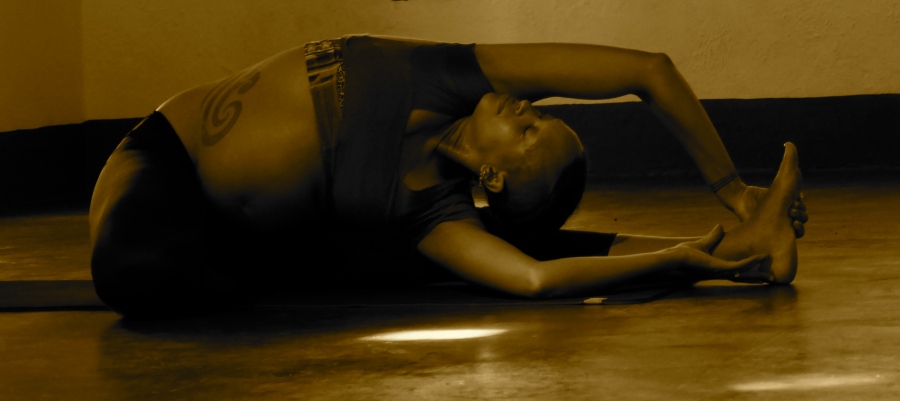






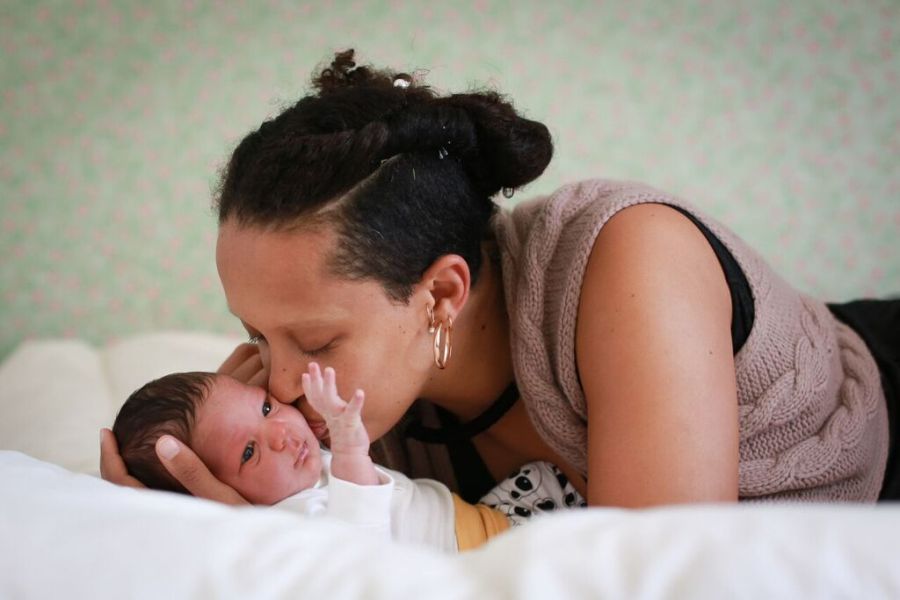
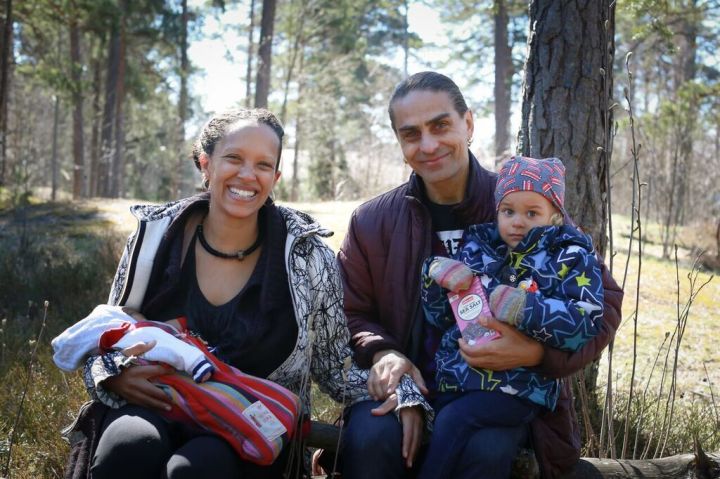

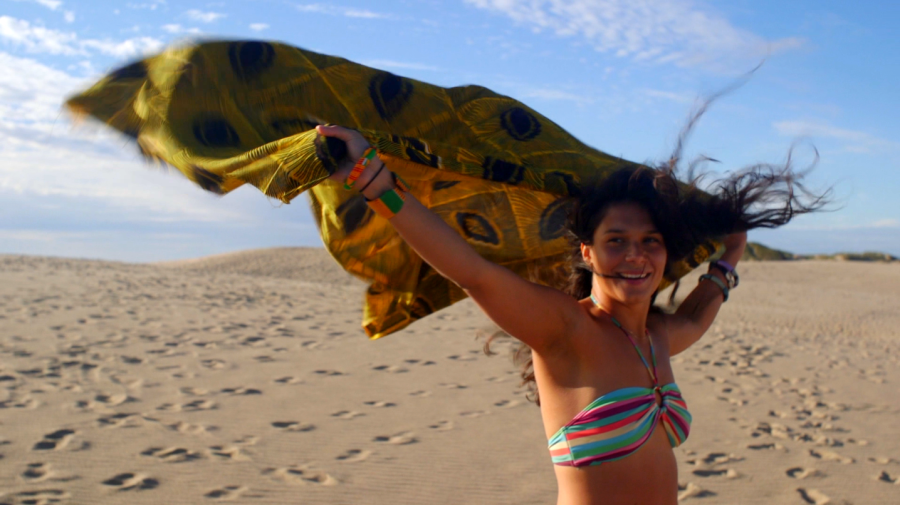
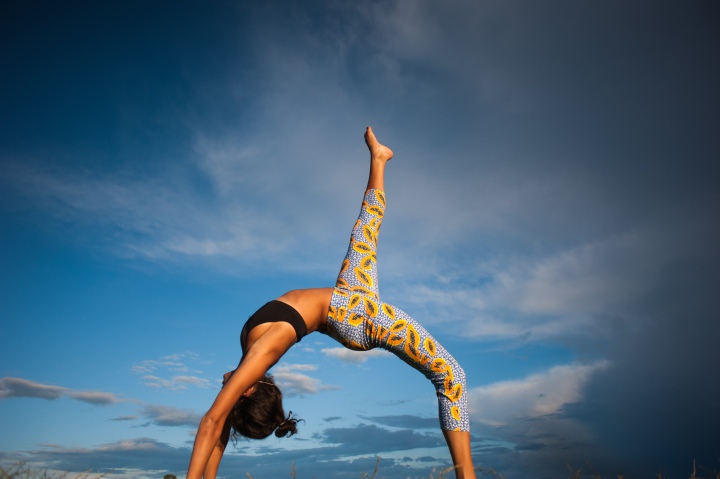
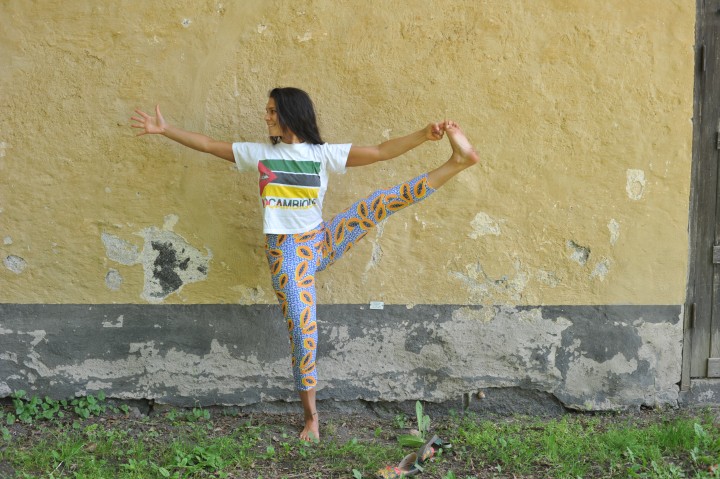
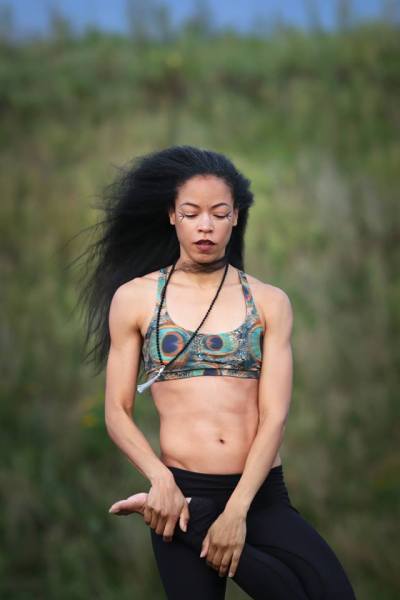
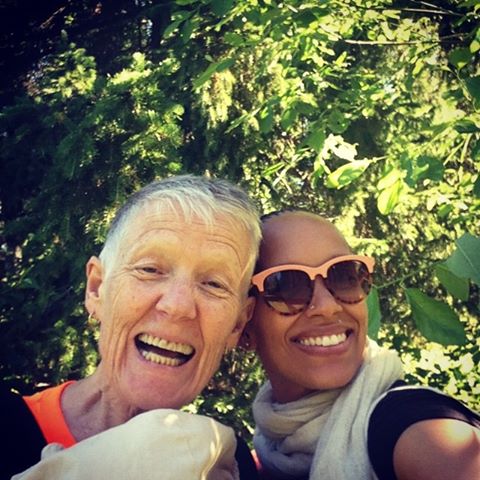
 and
and 
